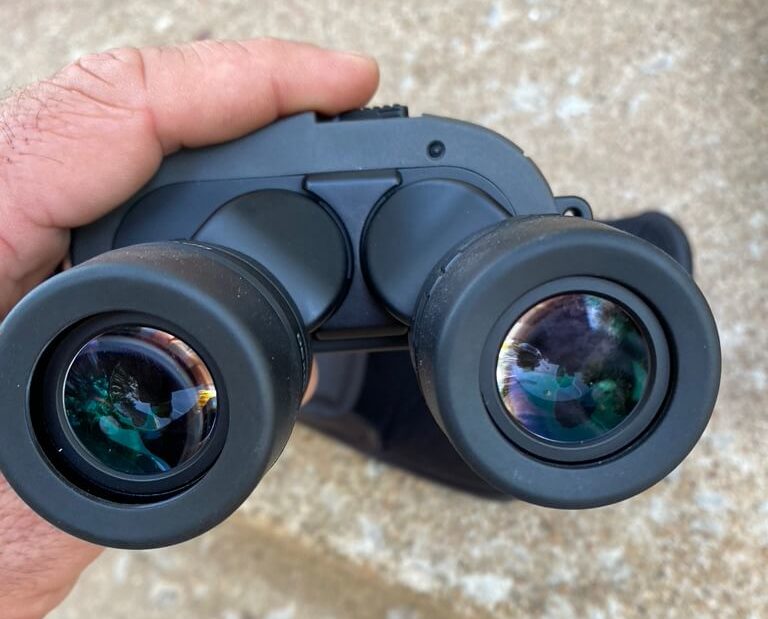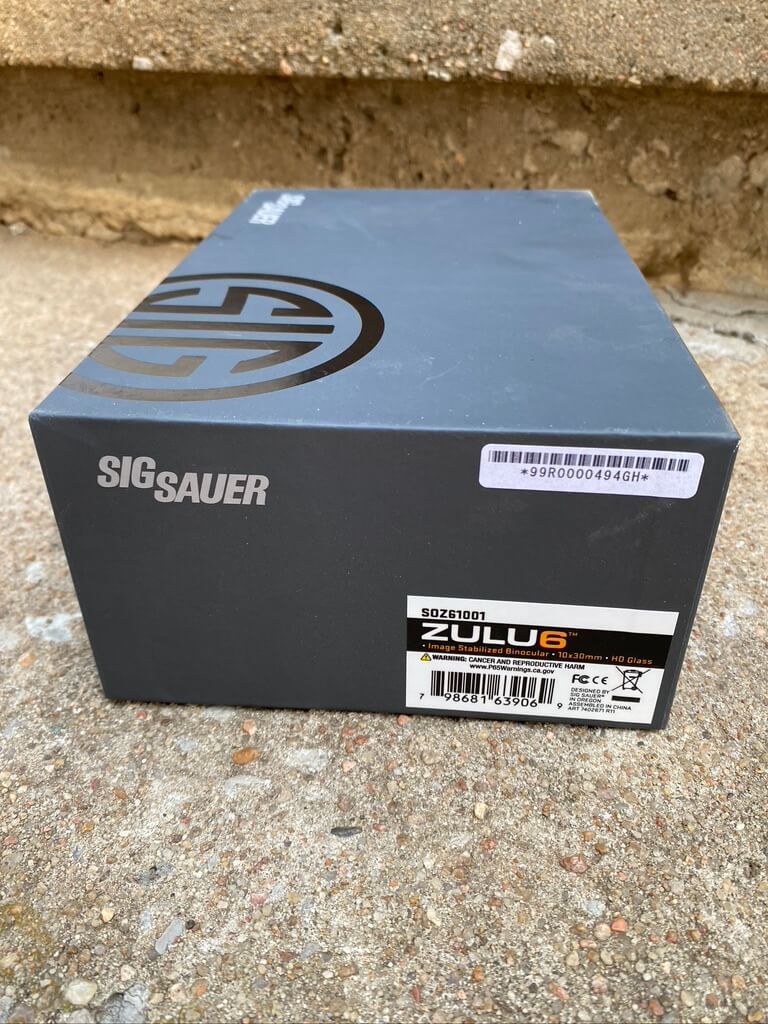
Sig Sauer is obviously a powerhouse on the weapons side, bringing to market such innovative wonders as the P320 family, P365, and MCX. But they have also been making waves on the optics side of the house, with such diverse products as rifle scopes, thermals, and laser sights. The latest development is the Zulu 6 bino, which is more than meets the eye.
Stabilized binoculars are pretty rare on the civilian market, but they have a huge following in military circles. The stabilized part comes from an internal gyroscopic stabilizer, a mechanical device that makes them self steading. It is a weird concept, for sure. But in practice, it is basically magic. It really does work and is a game-changer for binocular work.
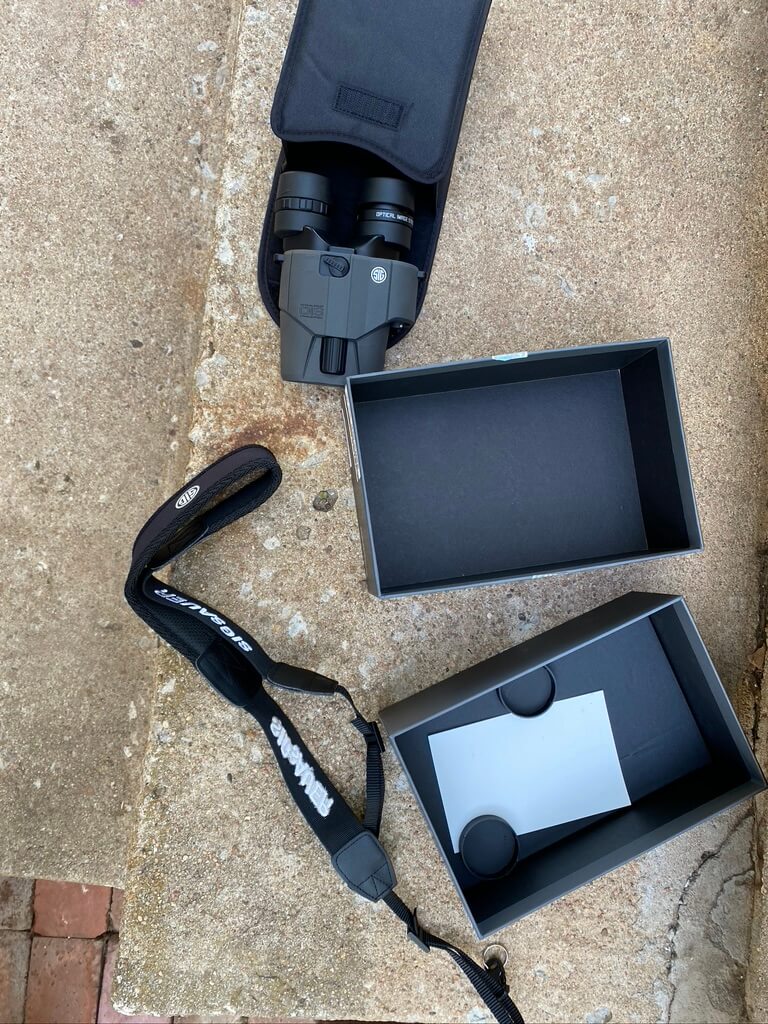
No matter how practiced and steady you hold them, there is always some wobble in binoculars. This is particularly true if you are trying to free-hand them, which also happens to be when binos are the most useful. Yes, you can gain some stability back by using external support or contorting your body to be more steady. But that is not always practical, or fast to do.
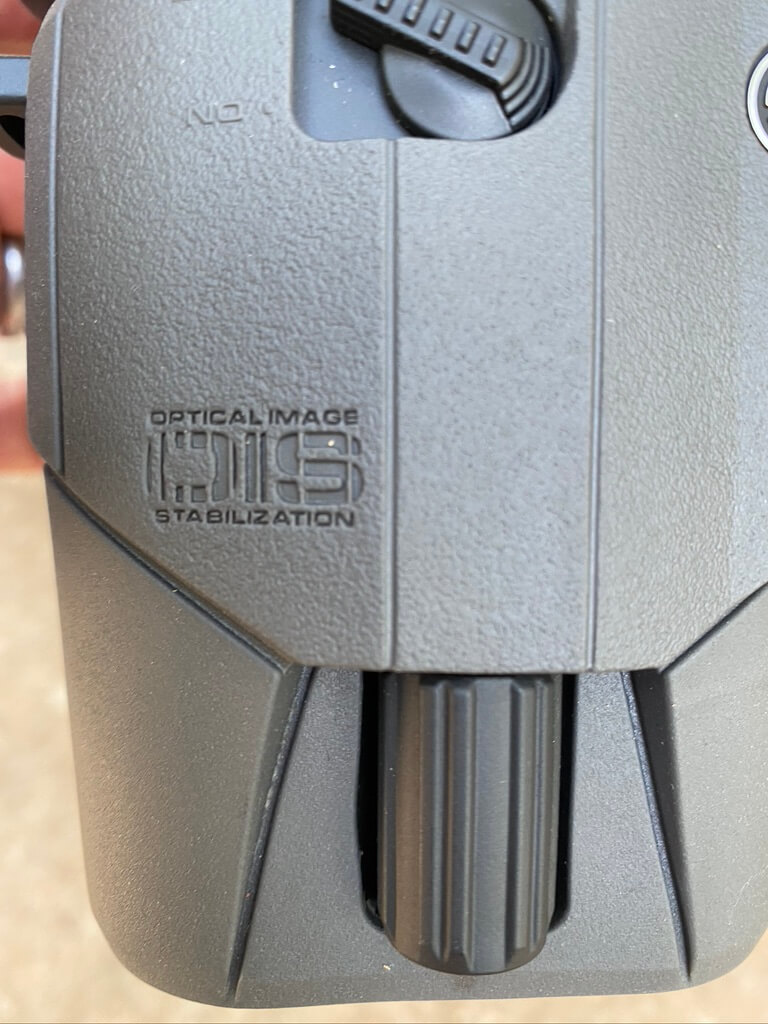
Stabilized binos correct this problem in its entirety. When you kick the stabilizer on, you might as well be made out of stone. It’s an odd feeling actually, to feel your binos kind of kick-off like they are trying to take flight. It can even be a little tingly in the brain, as the gyro introduces a little bit of unaided motion to your optic nerves. But it is amazing what it does. Stabilized binos present a picture unlike anything else. A lower-powered stabilized binocular is worth something 2 or 3 times its power, simply for how clean it makes viewing.
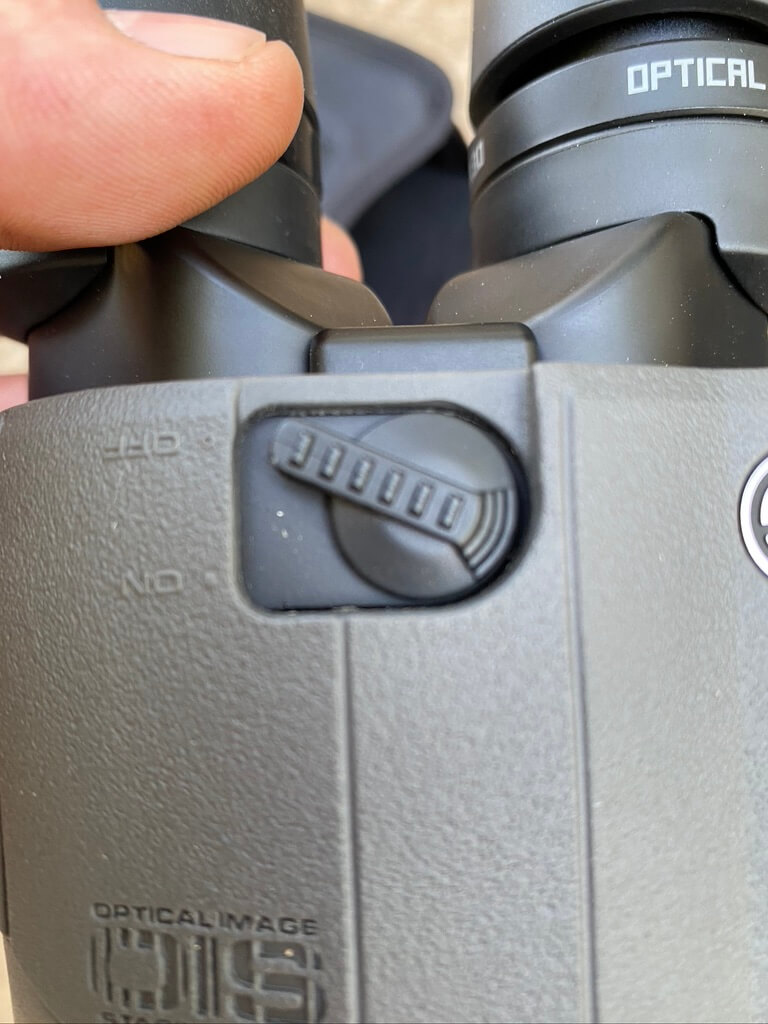
The problem up until now has been that stabilized binos are prohibitively expensive. Trust me, I checked. As one of the military items I missed most after I retired, I tried to find a set. It isn’t uncommon to see price tags at $5000 or more. For binoculars. That don’t see in the dark. Which for most of us, me included, is not ever going to happen.
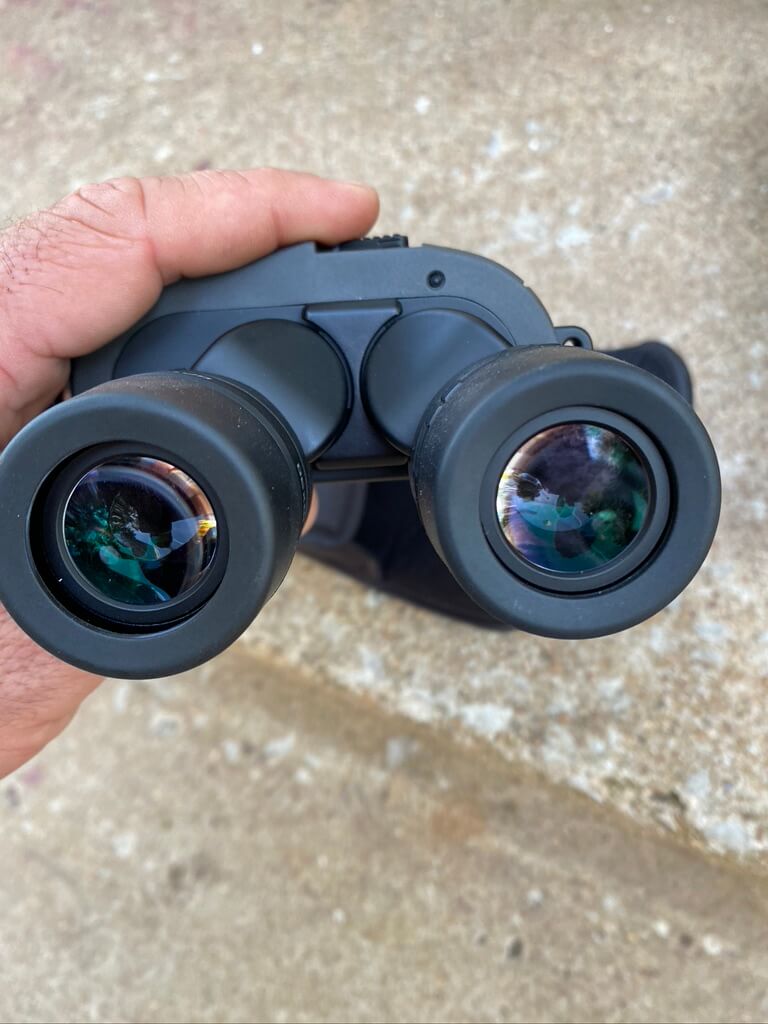
Sig recently introduced 2 versions of the ZULU 6, a 16 power and a 10 power. Both are very reasonably priced, at $769 and $659 respectively. How? I don’t know. But they did. Having used stabilized binos a lot, I opted for the lower 10 power models. I was looking for something small enough to tote around, and experience told me the 10 would be more than enough for most tasks.
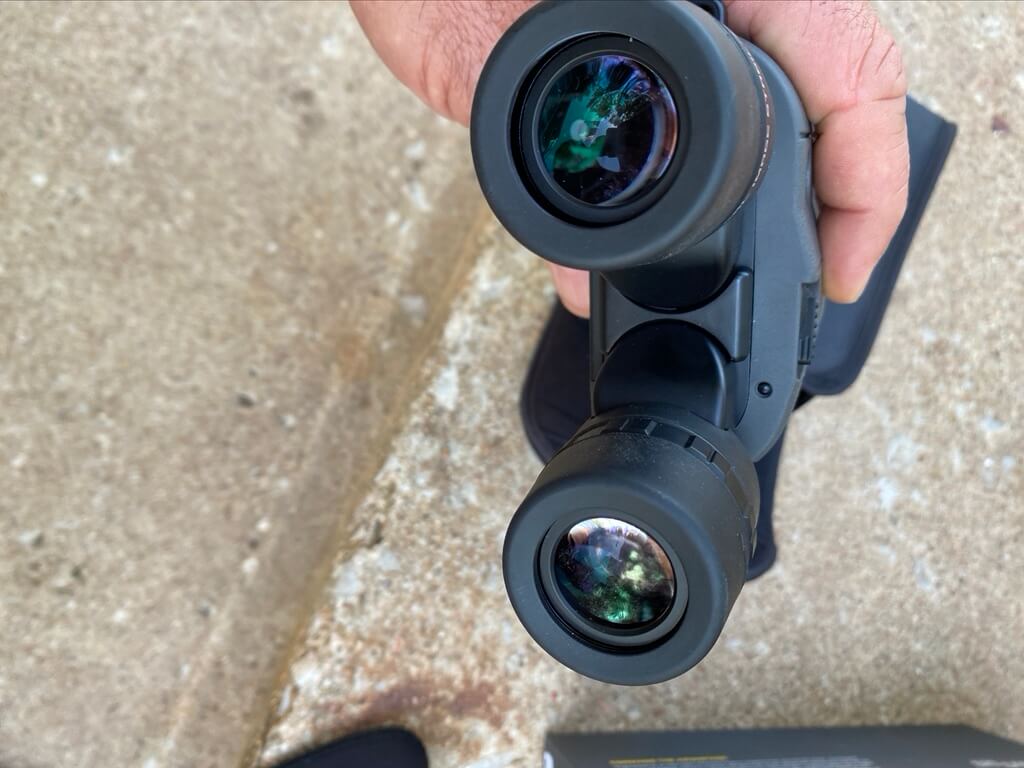
The ZULU 6 is even better than I had anticipated. The stabilization works absolutely perfectly. The clarity of glass is amazing, and it would be worth this price even without the gyro. I was quite impressed with the compactness of the package, the ZULU 6 slips right into a ruck pocket with ease. Included is a neck strap and carrying case.
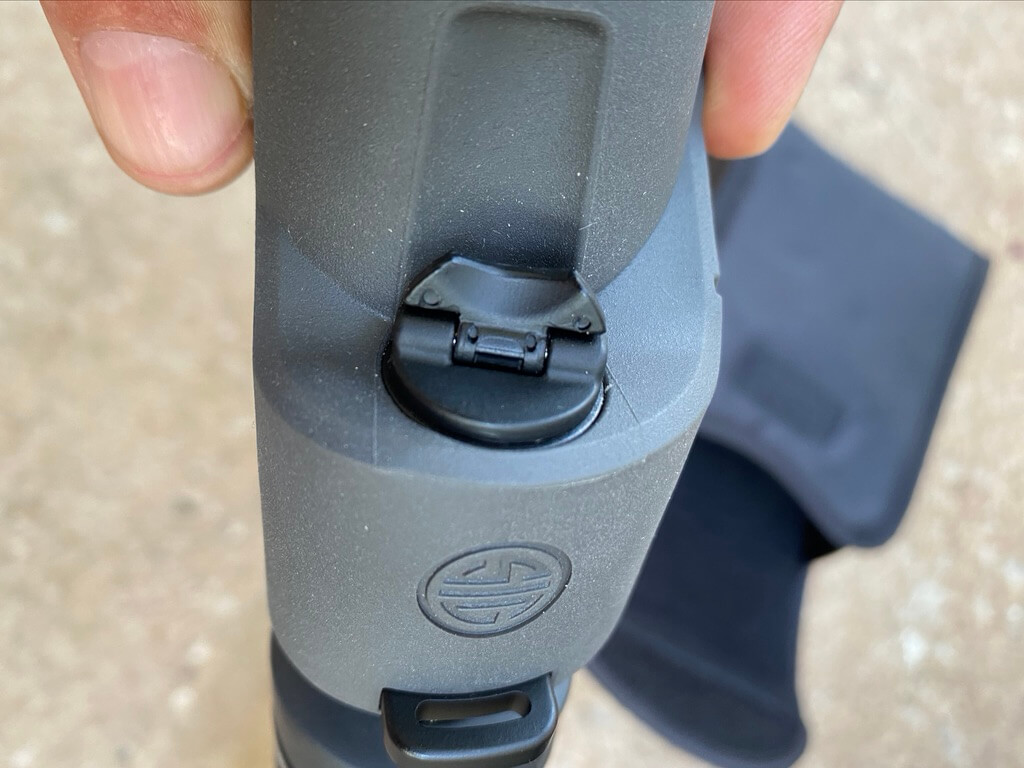
This model (10x) runs off a CR2 battery, which is fairly common in gun world (16x runs off of a single AA battery). The battery box is well-placed upfront, with very easy access. A flip-down lever makes it easy to open while keeping it snag-free. I will say, the battery fit is tight. Which makes getting the battery box lid screwed back on a little daunting. That is part of the price for keeping to compact, and not a show stopper.
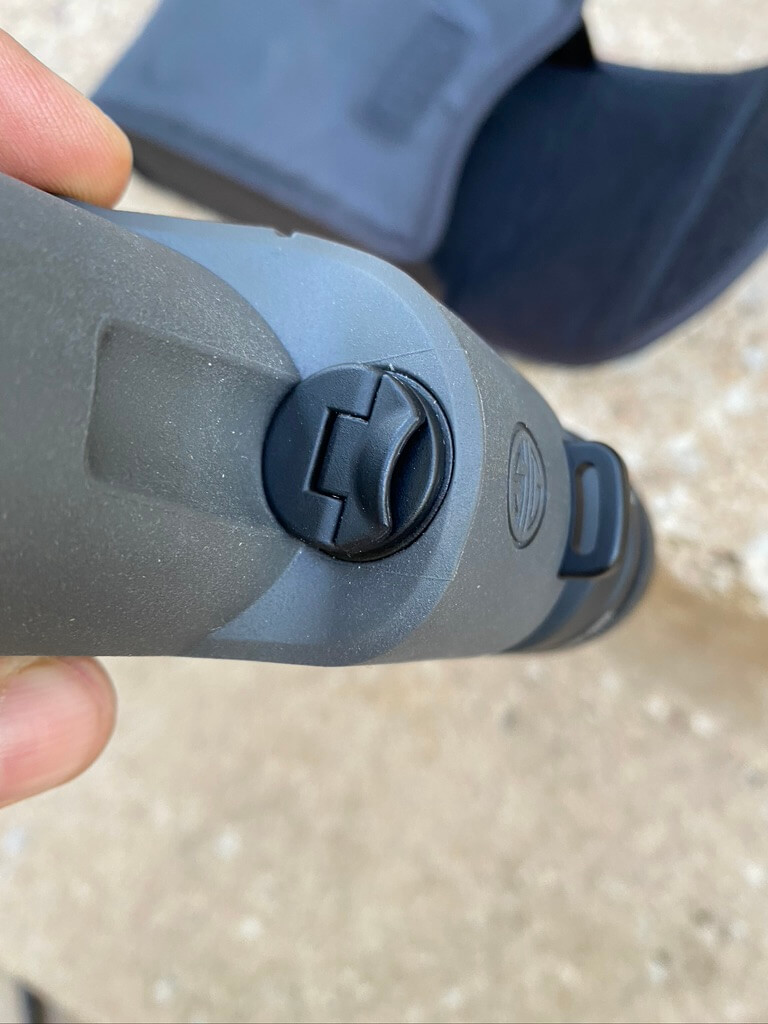
The real win of the ZULU 6 is whatever magic coating SIG is using for the glass. Not only was my ZULU 6 great during the day, but light gathering at night was also unreal. Many magnified optics become useless after the sun goes down. I was stunned at how effective the ZULU 6 remains after dark. Not only while looking at lit objectives, but under moon light. This is a part that is hard to translate to the camera, as we lose some detail looking through a lens. The ZULU 6 does so well at night you have to see it to believe it.
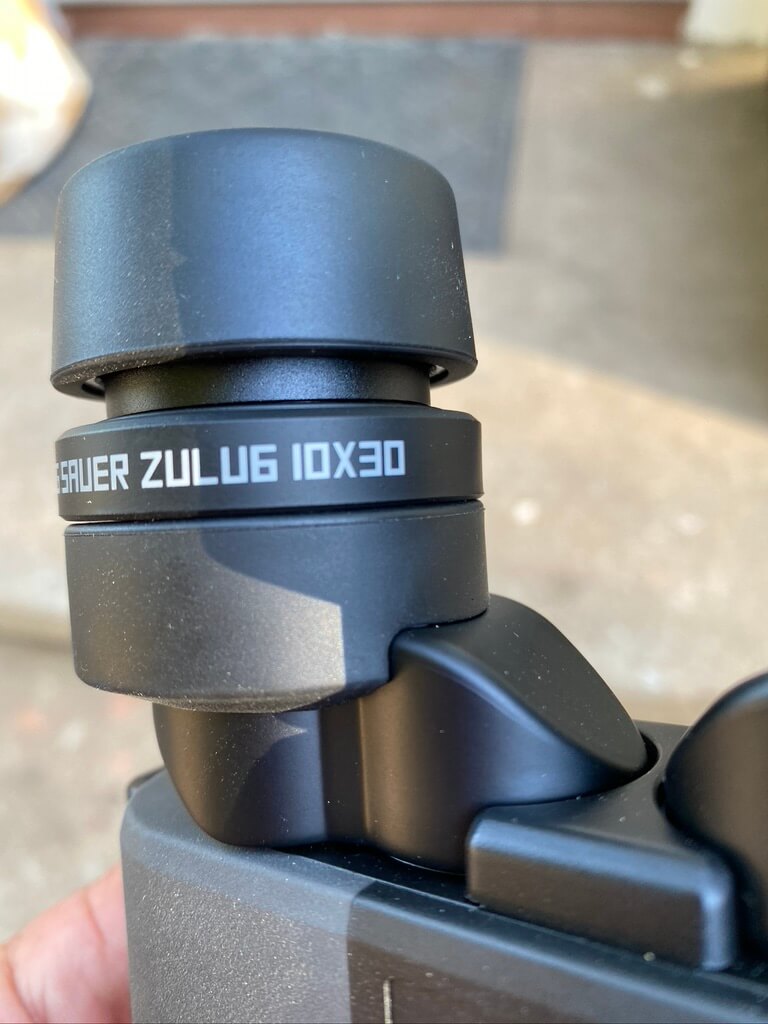
Combine this with SIG’s Lens Armor abrasion resistance, Spectra Coat anti-reflection technology, and one I wasn’t aware of. The ZULU 6 looks a little odd, out of the box. I initially wrote this off to design parameters, or maybe it was done to look different in ads. I was wrong. The design is what SIG calls Stealth ID, intentionally done to break up the outline of the optic. So that the human brain doesn’t see it at a distance and instantly think “binocular”. This is a pretty handing detail if you are doing Recce against some people that might want to shoot you.
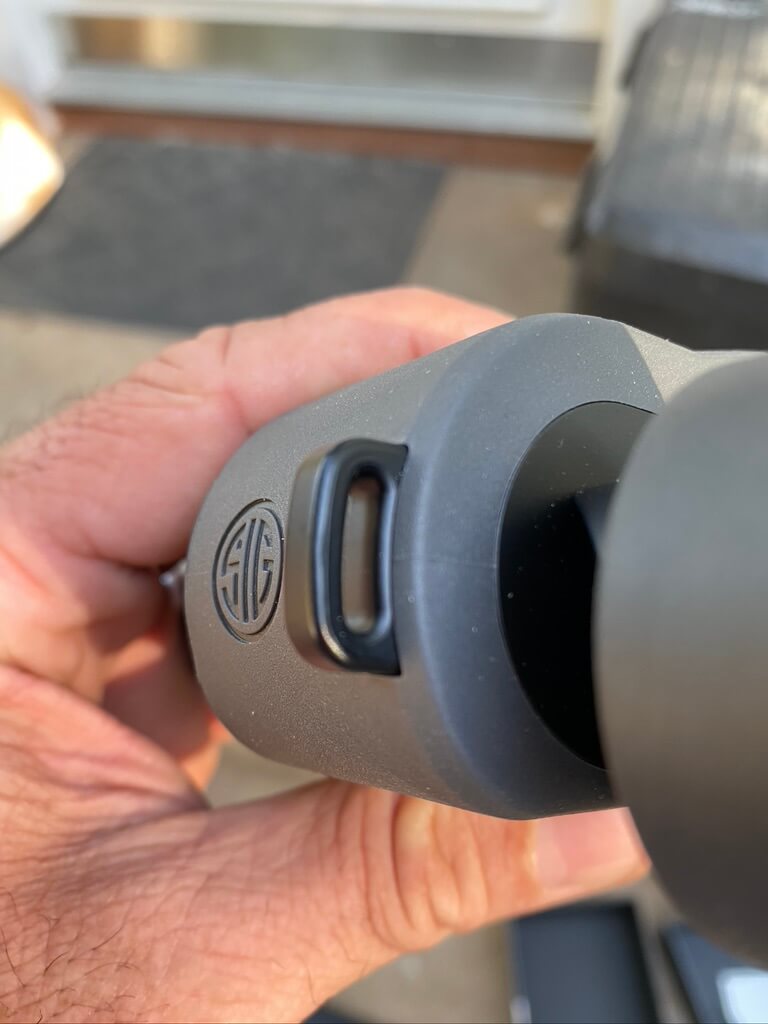
All in all, the ZULU 6 is one of the best developments of 2021. I am very excited to see SIG bring this technology to a price point where it is affordable by the masses. Aside from obvious uses such as hunting and tactical, this is a product for everyone. If your spouse likes to bird-watch, you have the perfect dual-purpose purchase. My kids love to play with them, which I like because it gets them outside. And with SIG’s lifetime warranty, I don’t have to worry about them being dropped. If you have been searching for binoculars, that search is over. I suggest picking up a set before the rest of the world catches on.
Editors Note: I’ve also had multiple hours in the field with both the Zulu6 10x and 16x and agree with most of what Clay wrote in this article. They are an absolute game-changer for spotting game and bullet trace. They’re also very lightweight. The image stabilization is industry-leading. However, my experience in low light is different from the author’s as I don’t feel that they work well in low light. They are clearly not designed for low light use as they have a very small objective relative to the magnification. My experience is that they are less than stellar at last light but are otherwise incredible. To be fair, I don’t believe any binoculars that can be purchased for under $1000 are amazing in low light so take this criticism with a grain of salt.
Learn more about the Zulu6 by visiting SIG Sauer
